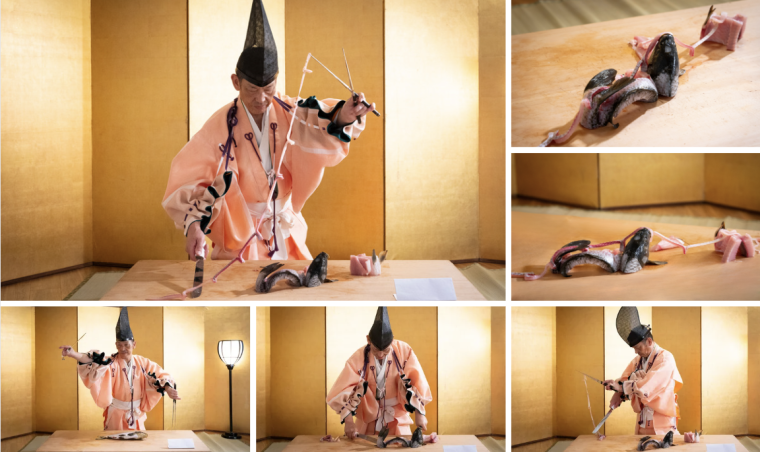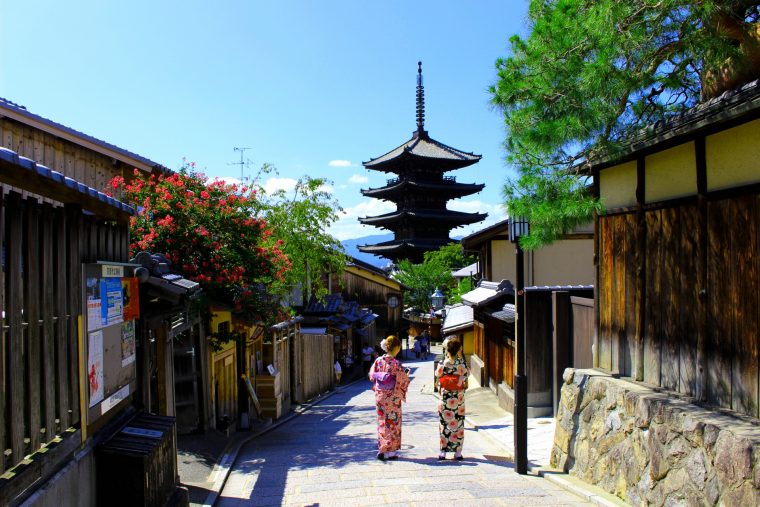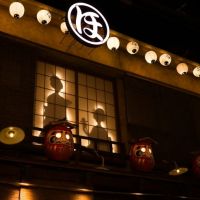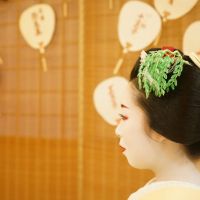The Best Places to Experience Ikebana in Kyoto
Takumu Ogama
Latest posts by Takumu Ogama (see all)
- The ultimate guide to the best places in Kyoto - 2018/06/12
- Your Complete Guide to Use ATMs in Japan - 2018/01/16
- The Best Places to Experience Ikebana in Kyoto - 2018/01/12
Do you know where you can experience ikebana in Kyoto? This article will introduce the traditional Japanese art of ikebana and the best three places you can experience ikebana in Kyoto.
Contents
What is ikebana?
Ikebana is a cultural art unique to Japan. The original form of ikebana was developed by the 15th century. Through ikebana, one can learn not only techniques but also the unique philosophy it offers. There are several schools to ikebana. Ikenobo, Sogetsu-ryu, and Ohara-ryu. Ikenobo is the oldest school of ikebana that created the art. It started with a priest of the Rokkakudo Temple in Kyoto who was a master of flower arrangement. As Ikenobo is the origin of ikebana, the name is without the word, “ryu” which means “style.” There are three major official styles in the school: the rikka, syoka, and jiyuka style. The Sogetsu-ryu is a completely different school from Ikenobo. To sum it up, it is characterized by “freedom.” This is why people from the Ikenobo school have said that they can’t consider it as ikebana when they visited Sogetsu-ryu exhibitions. The Ohara-ryu created a new type of ikebana called moribana. It includes various ways of expression and allows you to learn ikebana that fits perfectly with your living space. There are actually quite a lot of similarities between ikebana and western flower arrangements.
The Difference between Ikebana and Western Flower Arrangements
The History and Place of Origin Is Different
Ikebana was born in Japan and has a prescribed style just as sado, Japanese tea ceremony. It uses all kinds of plants besides flowers, including grasses and trees. On the other hand, flower arrangement is said to have originated in Europe. It uses a lot of flowers and is characterized by its fanciful and gorgeous atmosphere.
The Vision of Ikebana and Western Flower Arrangement Is Different
Ikebana can be said that it is born from the taste unique to Japanese people that have been passed down since ancient times, that honors simplicity as well as a particular commitment to the space the object is placed. In contrast, flower arrangements are characterized by luxuriously using flowers regardless of the space it is placed.
The Tools Used Are Different
In simple terms, ikebana uses a tool called kenzan, whereas flower arrangements use a sponge that can absorb water. The aesthetics of ikebana lies in creating a beautiful space using grass and trees as little as possible, whereas the aesthetics of flower arrangement can be found in how lavishly you use flowers to fill up space.
The Ikebana Museum in the middle of Kyoto
The Ikebana Museum is the best place to learn ikebana in Kyoto. It has records that show the history of ikebana that has been passed down for over 500 years. The explanations are written in both English and Japanese. Next to the museum is the Rokkaku-do, where ikabana originated. You get to see the actual place where ikenaba was born after observing the records. The museum primary exhibits things related to Ikenobo, the oldest school of ikebana in Japan. Admission is free, except during special periods. The business hour is from 9:00 A.M. – 4:00 P.M. Holidays include Saturdays, Sundays, Public Holidays, the end and beginning of the New Year, and obon season.
The Best Places to Experience Ikebana in Kyoto
We will now introduce our top recommendations for where to experience ikebana in Kyoto.
“Ami Kyoto”
Ami Kyoto is a five-minute walk from Higashiyama Station of the Subway Tozai Line. You get to experience three different cultural practices of Japan, including ikebana, sado (tea ceremony), and shodo (calligraphy). It is held once a year. It costs ¥5,000 for a 90-minute ikebana experiential course. The course consists of three parts: instruction, which will teach you the history, instruction which teaches the basic ideas, and hands-on, which allows you to experience ikebana. Prior reservation online is necessary. Business hours are 10:00 A.M. – 11:30 A/M/ on Mondays, Wednesdays, and Fridays, and 4:00 P.M. – 5:30 P.M. on Tuesdays, Thursdays, and Saturdays. It is closed on Sundays.
“WAK Japan”
WAK Japan offers different kinds of plans to experience Japanese culture, including ikebana, sado (tea ceremony), shodo (calligraphy), cooking, and kimono. The ikebana course is offered in Washinkan in Kyoto, right near Sanjusangen-do and Kyoto National Museum, so you can head to these great tourist spots after your course. All of the courses also offer English courses. The course allows you to learn the difference between Japanese ikebana and Western flower arrangements. You can choose between the 12:00 P.M. course and the 1:00 P.M. course. The course that is about 60 minutes is ¥8,208 and ¥6,048 for more two people. Business hours are 9:30 A.M. – 6:30 P.M. It is closed during 12/29 – 1/3.
Alongside the serene art of Ikebana, Kyoto offers the mesmerizing Hochoshiki Knife Ceremony, a tradition that melds culinary artistry with ancient samurai sword skills. Guests witness the graceful transformation of food into edible masterpieces, echoing the discipline and aesthetics central to Japanese culture. This Hochoshiki provides a rare glimpse into the meticulous care and tradition embedded in Japanese culinary practices, offering an unforgettable experience for those eager to delve deeper into Kyoto’s rich cultural heritage.
For more details on the Hochoshiki experiences in Kyoto, you can visit the website here: https://www.hochoshiki-knifeceremony.com/

A sacred place for Japanese food, a treasure house of ingredients, Minami-Boso Takaya Shrine Kitchen knife ceremony “Ryumon-no-Koi” long story: edited by Minamiboso City Tourism Association Channel
Summary
This article introduced the top three places we recommend to experience ikebana in Kyoto including the Ikebana Museum, Ami Kyoto, and WAK Japan. We also introduced what ikebana is and the differences between ikebana and Western flower arrangements. I’m sure that many of you are now interested in this ancient art. We invite you to come and visit one of these places to immerse yourself in the beautiful art of ikebana.
Even foreigners can now have access to Geisha and Maiko
We are proud to offer an excellent opportunity for foreign visitors to Kyoto to meet and interact directly with Geisha, at an exceptional price, every Tuesday, Thursday, and Sunday from 6 pm to 8 pm. This tour includes dinner, an English guide, watching a traditional dance performance, and be able to play a unique game with the Geisha.
Are you curious about this tour? Check the detailed information, and make an online reservation now to meet an authentic Japanese Geisha in Kyoto!
Make an online reservation to have a precious time with Geisha!



